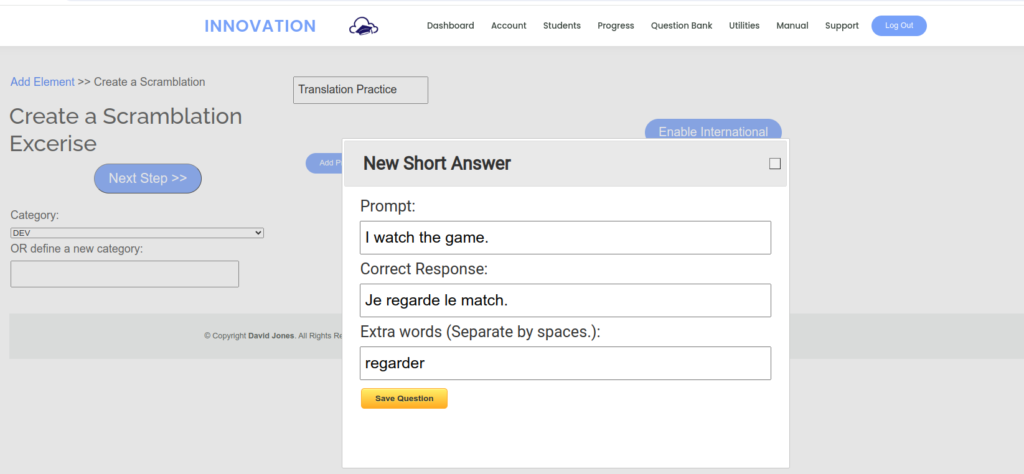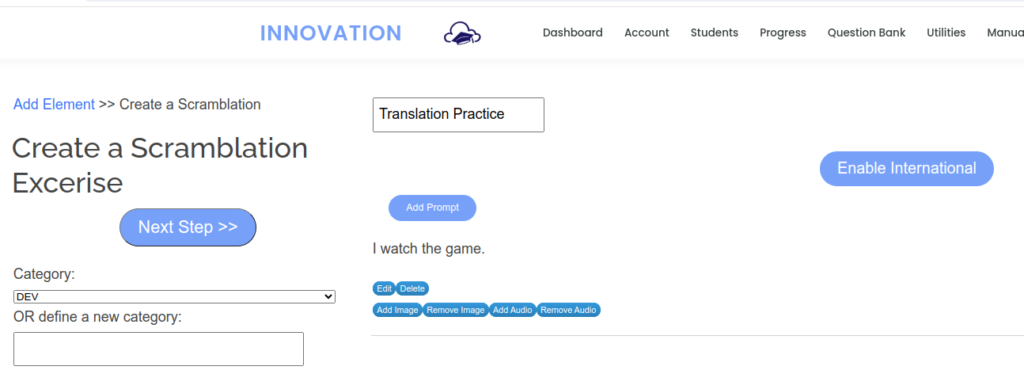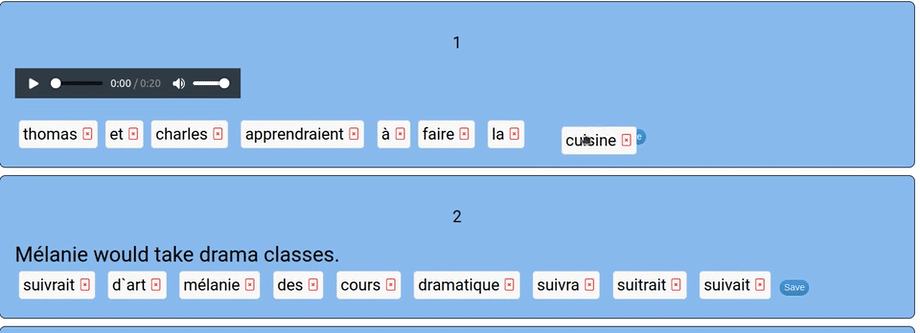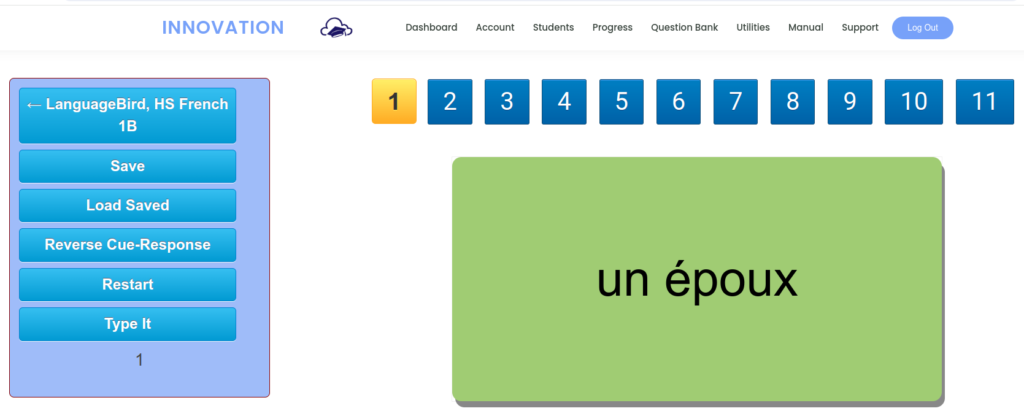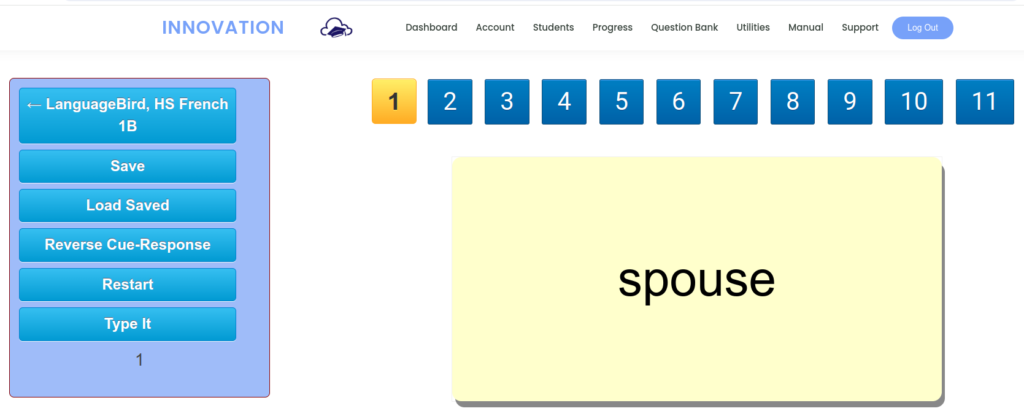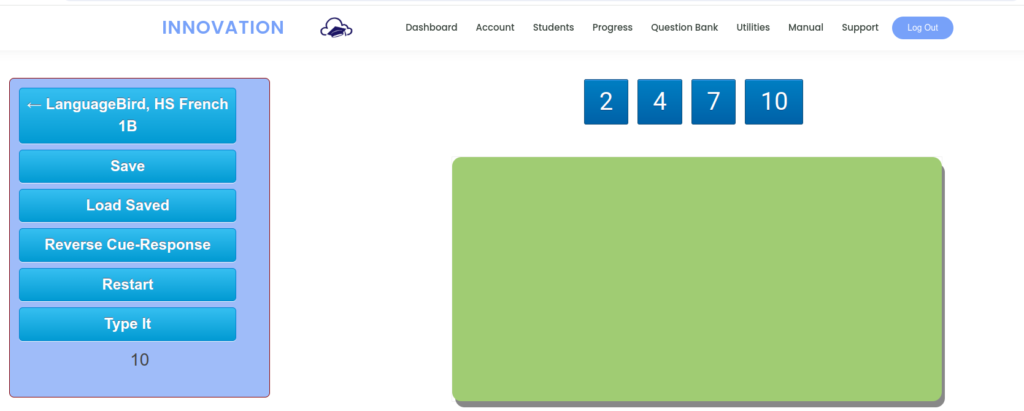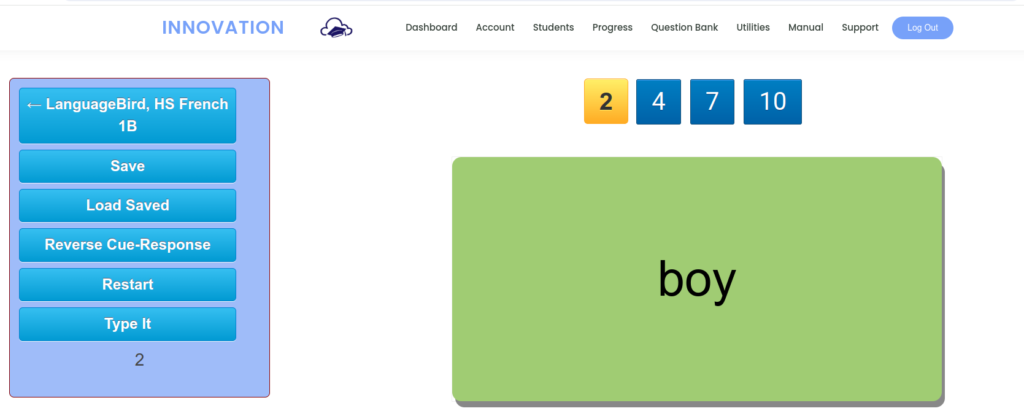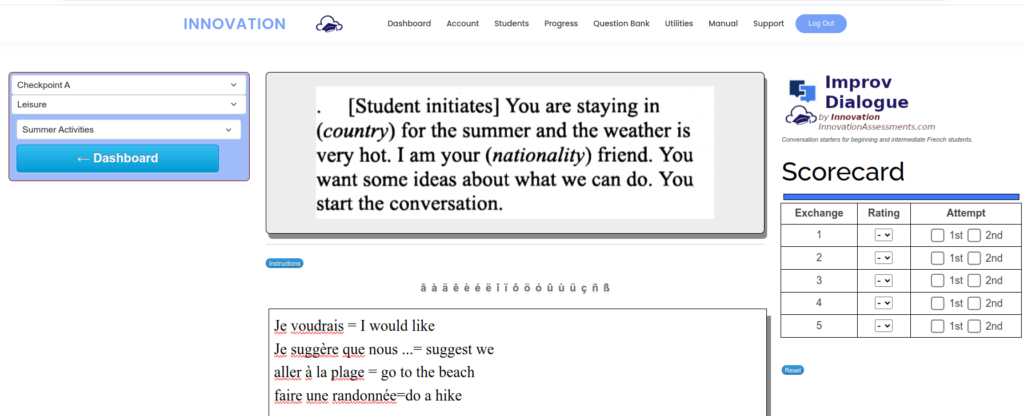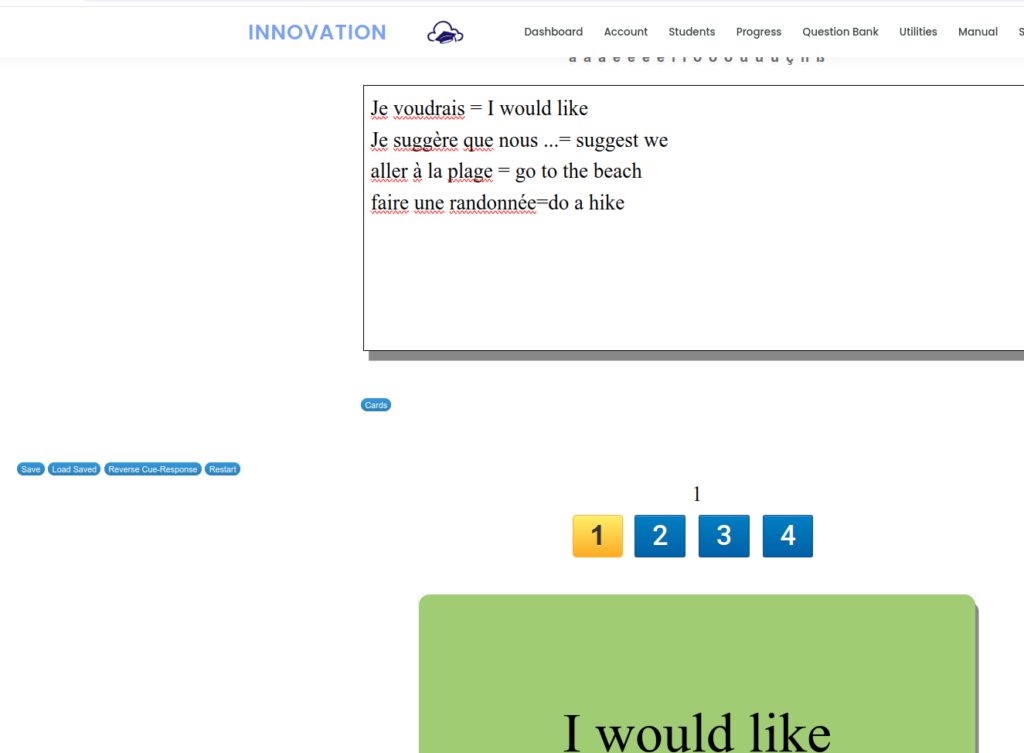Ignite Historical Inquiry: Engage Students with Essential Essay Prompts
Are you ready to immerse your students in the rich tapestry of American history? Dive into our latest product on Teachers Pay Teachers, featuring a compelling set of essay prompts designed to deepen students’ understanding of constitutional and civic issues. With a curated selection of six primary source documents spanning pivotal moments in American history, this resource is your key to unlocking meaningful historical inquiry in the classroom.
Resource available at our TeachersPayTeachers store
Explore Key Moments in American History:
Transport your students back in time with our carefully curated collection of primary source documents. From early colonial encounters to debates over federal authority and states’ rights, these documents offer a window into critical moments and enduring themes that have shaped the nation’s development. With engaging prompts tailored to each document, students will embark on a journey of discovery through the annals of American history.
Included Documents:
- Excerpt from A Briefe and True Report of the New Found Land Of Virginia, 1590, by Thomas Hariot
- Excerpt from Eliza Lucas Letter to a Friend in London, 1740-1741
- Excerpt From Madison’s Notes on The Constitutional Convention
- Excerpt from Draft Report of the Northwest Ordinance, 1784
- Debate on Jackson’s Indian Policy, 1830
- Excerpt from the Virginia Resolution, 1798
Develop Critical Thinking Skills:
Empower your students to think critically and analytically with our thought-provoking essay prompts. By analyzing primary source documents and synthesizing information, students will sharpen their historical inquiry skills and deepen their understanding of key constitutional and civic issues. Whether they’re examining Thomas Hariot’s account of early colonial encounters or delving into James Madison’s notes on the Constitutional Convention, students will cultivate essential analytical skills that will serve them well beyond the classroom.
Flexible and Adaptable Resources:
Whether you’re teaching in-person or remotely, our essay prompt product offers versatile resources that can be seamlessly integrated into your curriculum. With printable worksheets and digital materials available for download, you’ll have the flexibility to tailor instruction to your students’ needs and learning environments. Whether you’re teaching a high school history class or a college-level seminar, these resources are adaptable to a wide range of grade levels and classroom settings.
Promote Active Learning and Engagement:
Inspire curiosity and foster active participation in historical inquiry with our engaging essay prompts. Encourage students to grapple with complex historical questions and engage in meaningful discussions that promote deeper understanding. By exploring primary sources firsthand, students will develop empathy for historical perspectives and gain insight into the complexities of American history. Spark lively debates, encourage collaborative inquiry, and empower students to become informed and engaged citizens.
Unlock the Power of Historical Inquiry:
Ready to elevate your history curriculum and ignite students’ curiosity? Purchase our essay prompt product today on Teachers Pay Teachers! With just a few clicks, you’ll gain access to a wealth of resources designed to promote historical inquiry and critical thinking skills in the classroom. Whether you’re a seasoned educator or a first-time teacher, our resources will help you inspire a lifelong love of learning and discovery in your students.
Empower Your Students with Historical Understanding:
Equip your students with the tools they need to navigate the complexities of American history and become informed citizens of the world. Our essay prompt product featuring six essential primary source documents is your gateway to fostering historical understanding and promoting critical thinking skills in the classroom. Don’t miss out on this invaluable resource – purchase today and unlock the power of historical inquiry in your classroom!
